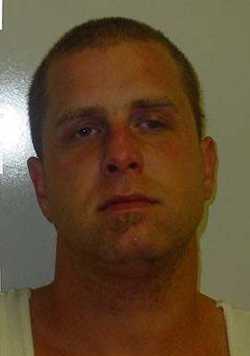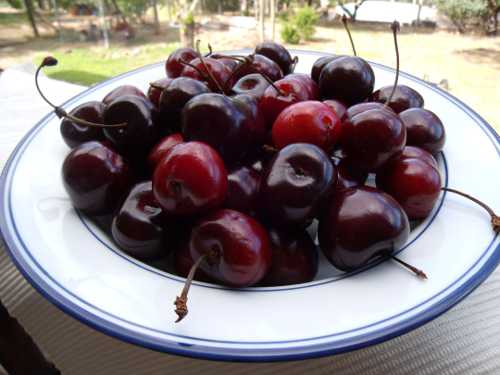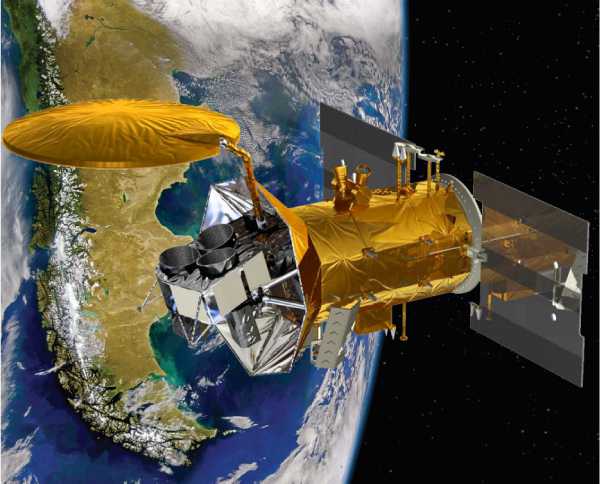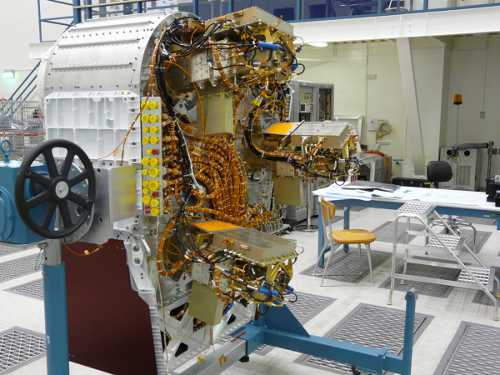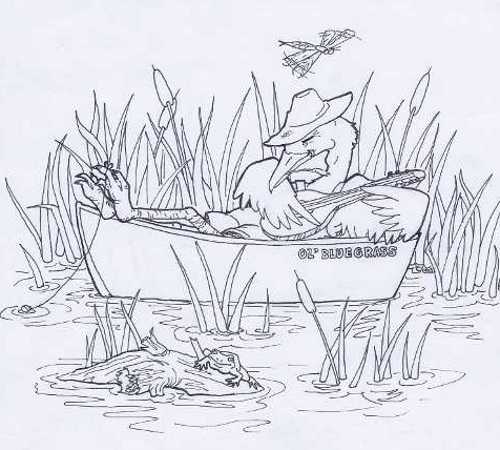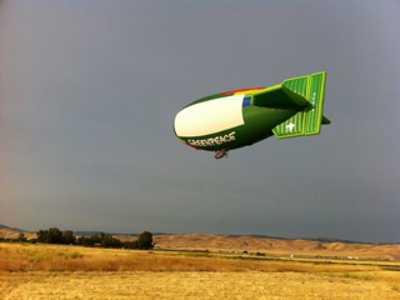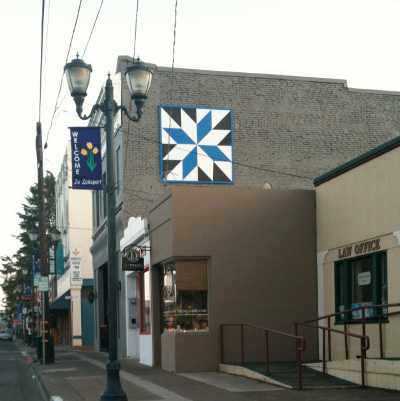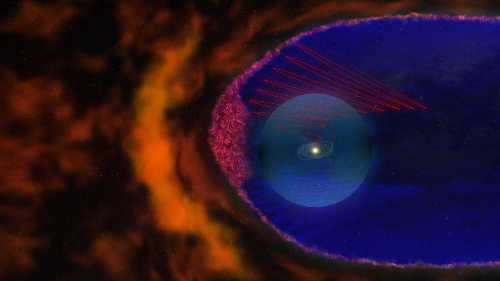- Tom Philpott
- Posted On
Military Update: Warning
Veterans’ service organizations have lobbied for these benefits, but with the expectation that newly authorized programs would be fully funded.
Last year, even as the once-steady stream of extra dollars for the Department of Veterans Affairs slowed to a trickle, lawmakers continued to add new programs.
Veteran groups are getting nervous.
They worry that VA, burdened with new “unfunded mandates,” has no other choice but to launch these new programs and pay for them by dipping into dollars needed for other services veterans already rely on.
Recent bills enacted that weren’t fully paid for included the important caregiver law for families of the most seriously disabled veterans and expansion of female veterans’ health benefits, including single parent childcare services, at VA medical facilities.
Joseph Violante, legislative director for Disabled American Veterans, raised the touchy issue June 8 at a hearing of the Senate Veterans Affairs Committee where lawmakers and lobbyists considered the merits of 35 new bills aimed at helping veterans.
Violante acknowledged that delegates to DAV’s own convention last August passed numerous resolutions in support of a lot of the bills now before the committee or even enacted into law late last year.
“However, as Congress considers authorizing new programs or enhancing or expanding current programs,” he warned, “it is essential that they do so in manner that does not have negative effects on existing programs and services. In today’s economic environment, VA cannot be all things to all veterans, and their families and survivors, without obtaining substantially more resources, which are dependable and stable.”
New committee chairman Sen. Patty Murray (D-Wash.) opened the hearing by touting her bills to lower veterans’ unemployment (S 951), and expand assistance to homeless veterans through improved grants, per diem, health care and case management services (S 1148).
Ranking Republican, Sen. Richard Burr (N.C.), advocated for his bill (S. 277) to extend eligibility for VA hospital care, medical services and nursing home care to as many as 600,000 veterans and family members stationed at Camp Lejeune during years well water there was contaminated.
Another Burr bill (S 423) would incentivize veterans to help deal with the backlog of claims by allow VA to pay disability benefits retroactively, for up to one year before a claim is filed, if the submitted claim is deemed “fully developed” to allow a swift decision.
VA opposes the bill. VSOs had mixed reactions. Raymond Kelley with Veterans of Foreign War said VFW likes the concept but sees a few problems including possible legal liability for VSO service officers who help to develop veterans’ claims.
Burr was the only senator at the hearing to acknowledge the looming national debt crisis, noting that the bills under consideration “would collectively spend billions of dollars” even as the country faces “staggering deficits and debt and is on a fiscal path that is simply unsustainable.”
So the committee must weigh affordability in deciding what bills to approve during mark-up at the end of June. Burr added, however, that government auditors believe by ending “overlap” in federal programs current services could improve and still save taxpayers billions of dollars a year.
“I will not shy away from providing those who have served and sacrificed for our nation with the benefits and services they need and deserve,” Burr said. “But I also want to make sure we pay for these benefits and services by cutting other spending.”
Violante noted that Congress generously raised VA budgets in recent years and so far has spared VA of the deep deficit-driven cuts being planned for many other federal departments.
But he warned senators if they want to increase veterans services, they must give VA the “time and resources” to deliver them properly.
The committee should not “forget its responsibility to ensure that when it mandates a new service in law, or admits a new eligible population to VA rolls, that sufficient resources accompany that mandate.”
If money to pay for new services isn’t part of the deal, Violante said, it “will only force VA to slice their budget pie into smaller pieces.”
VA officials testified at the hearing that Murray’s Hiring Heroes Act would cost the department only $65 million over 10 years. And a popular bill from Sen. Olympia Snowe (R-Me.), to protect the solemnity of veteran funerals anti-gay protestors, would cost taxpayers nothing at all.
But Burr’s bill to allow retroactive effective dates of disability awards for veterans whose claims are deemed fully developed when submitted would cost $762 million over ten years.
His bill to extend VA hospital care and health services to Marine Corps and Navy veterans and their families assigned to Lejeune from 1957 until 1987, and therefore possibly exposed to contaminated water, would cost $4 billion over the first decade.
Veterans groups sympathize with the goal that bill but largely oppose it, saying the Department of Defense’s TRICARE program, not the VA, should be responsible for follow up care and services.
Retired Marine Master Sergeant Jerry Ensminger testified that his daughter, Janey, born while the family was assigned to Camp Lejeune, died of acute lymphoblastic leukemia in 1985 when nine years old.
He blames chemicals found later in the tap water there, including two known carcinogens, benzene and vinyl chloride. He said the Marine Corps and Navy Department knew about the contamination for several years but failed to act.
He referred other potential victims to a Web site, www.tftptf.com, for more details. Ensminger said more than 170,000 members of the Camp Lejeune community have registered with the Marine Corps as having been exposed to the water at Lejeune sometime during the 30 year period.
In opposing the bill, VA cited numerous concerns including the “underlying scientific evidence” behind claims of contamination exposure.
To comment, e-mail This email address is being protected from spambots. You need JavaScript enabled to view it., write to Military Update, P.O. Box 231111, Centreville, VA, 20120-1111 or visit: www.militaryupdate.com.
Follow Lake County News on Twitter at http://twitter.com/LakeCoNews , on Facebook at http://www.facebook.com/pages/Lake-County-News/143156775604?ref=mf , on Tumblr at http://lakeconews.tumblr.com/ and on YouTube at http://www.youtube.com/user/LakeCoNews .

 How to resolve AdBlock issue?
How to resolve AdBlock issue? 